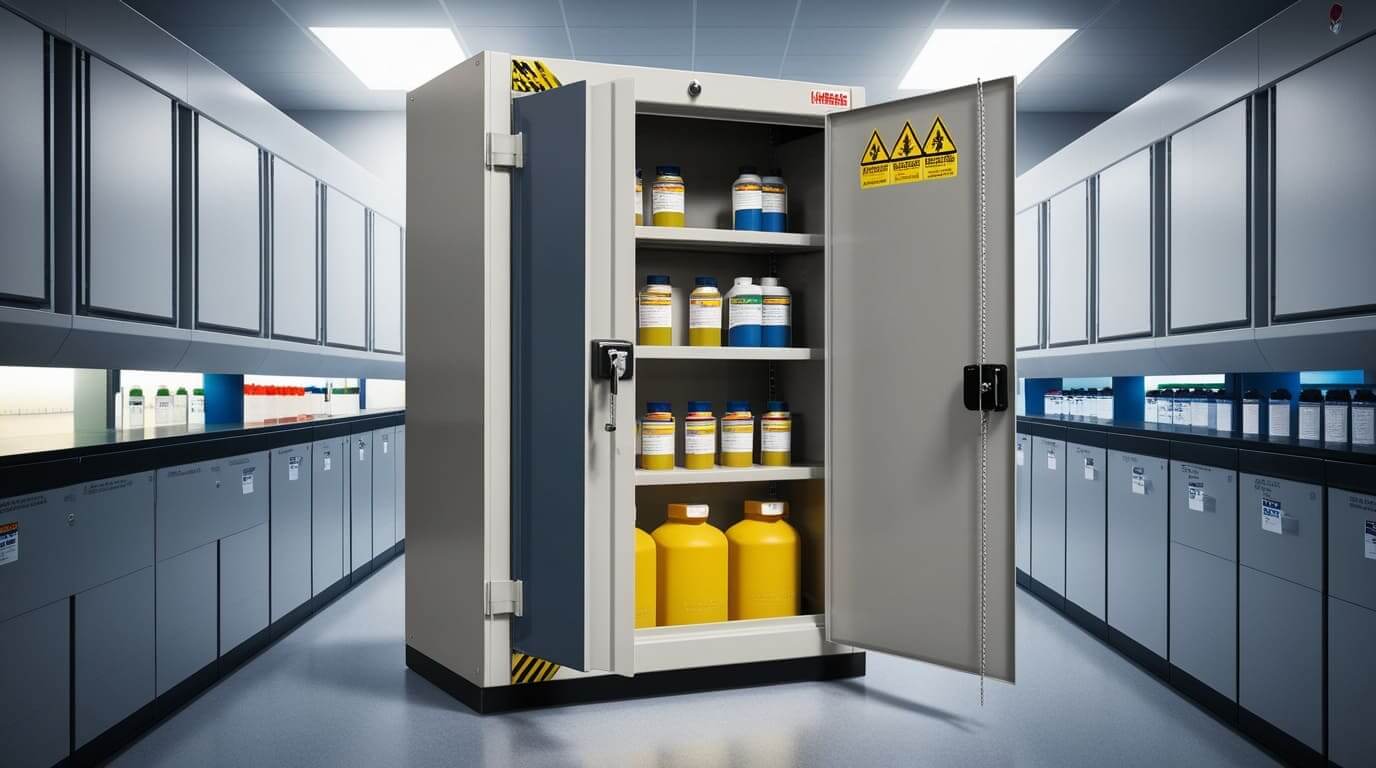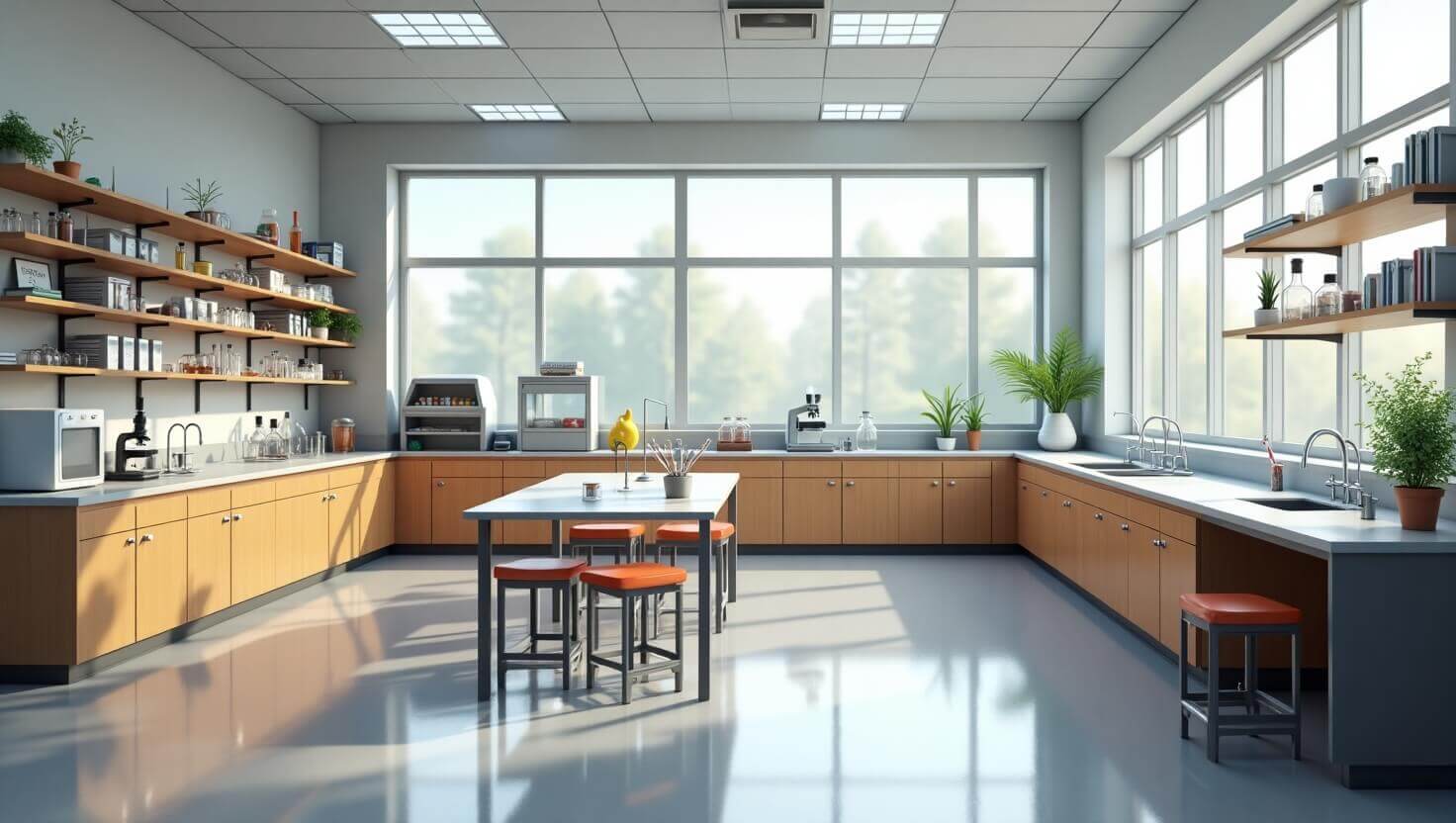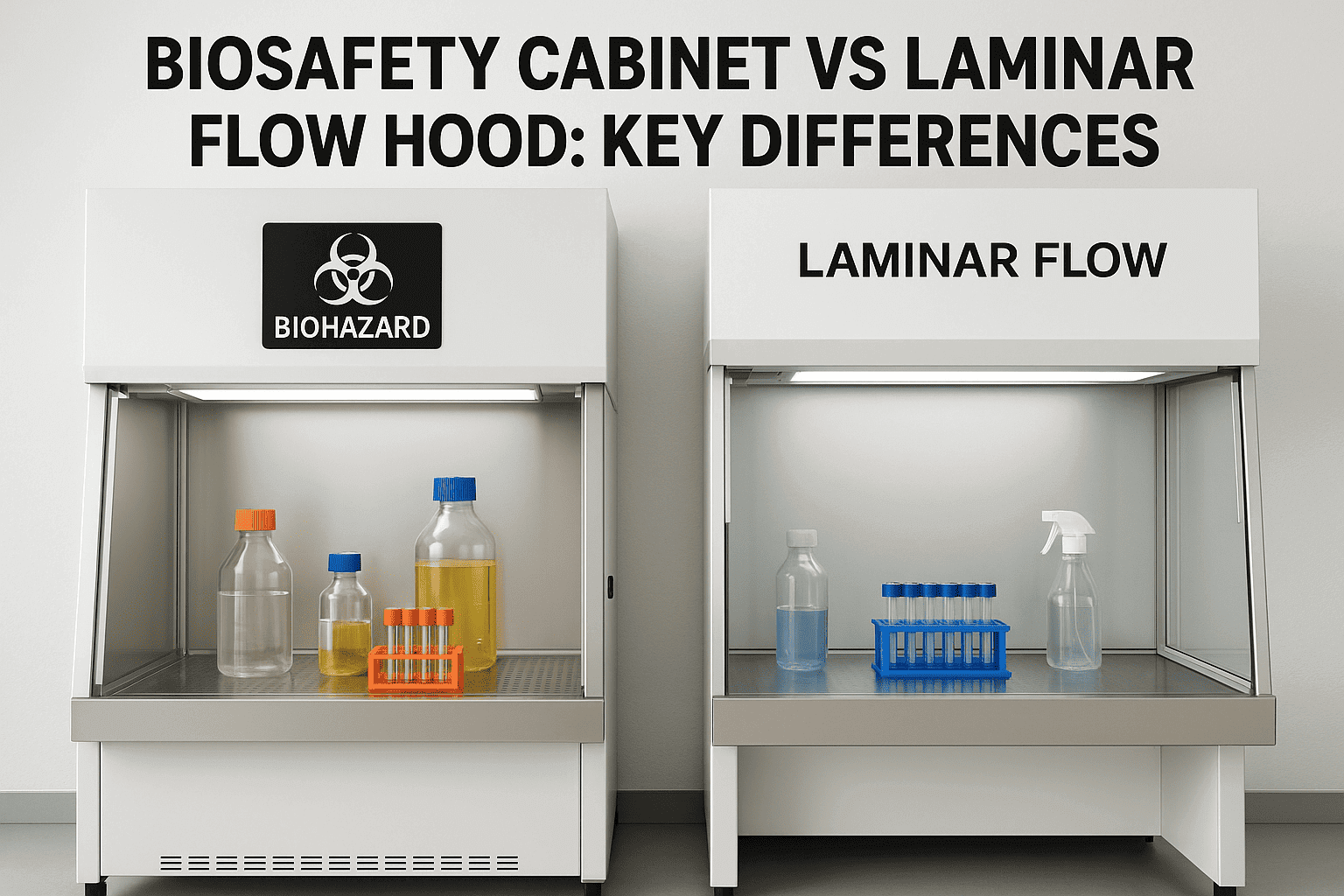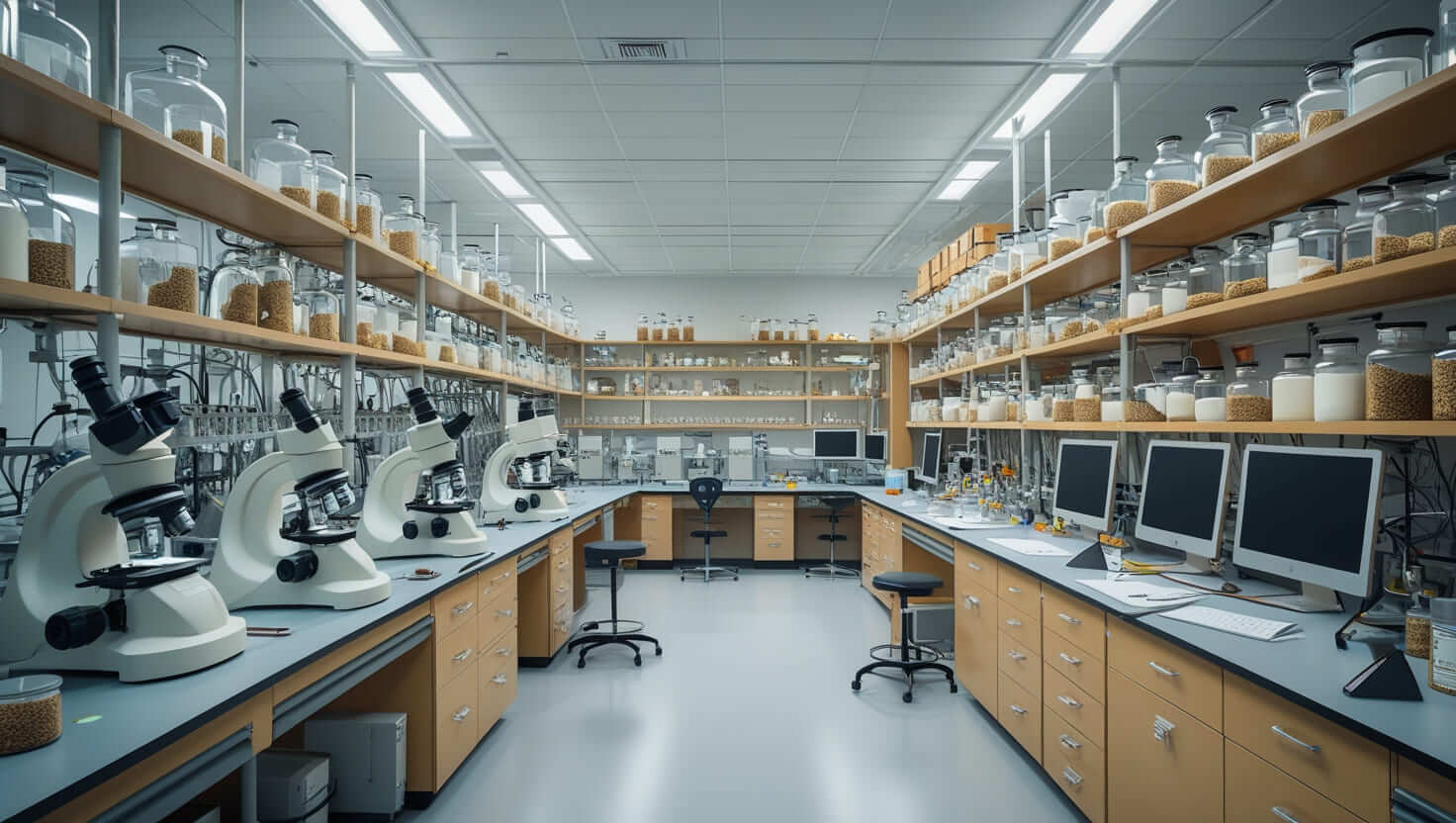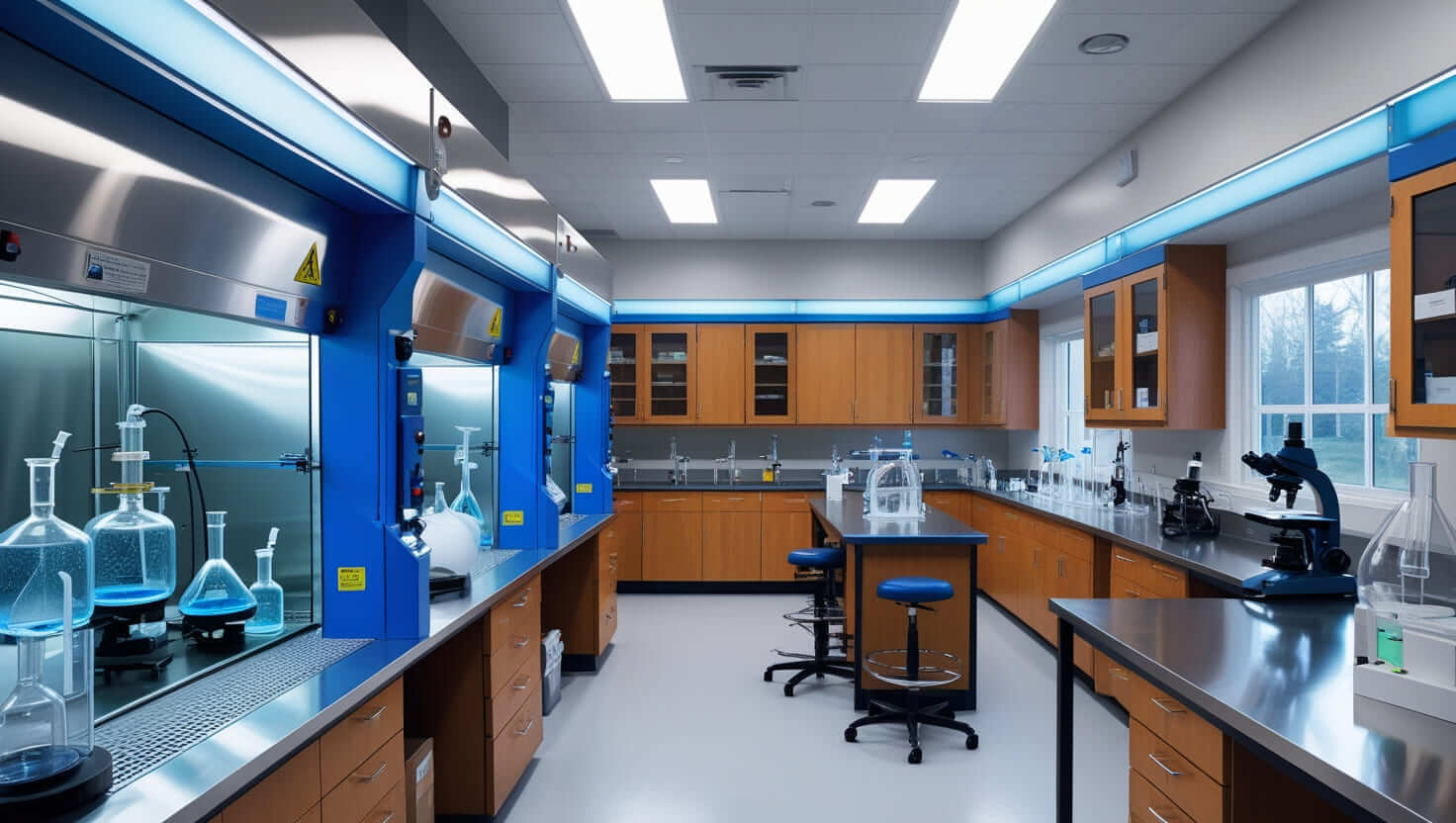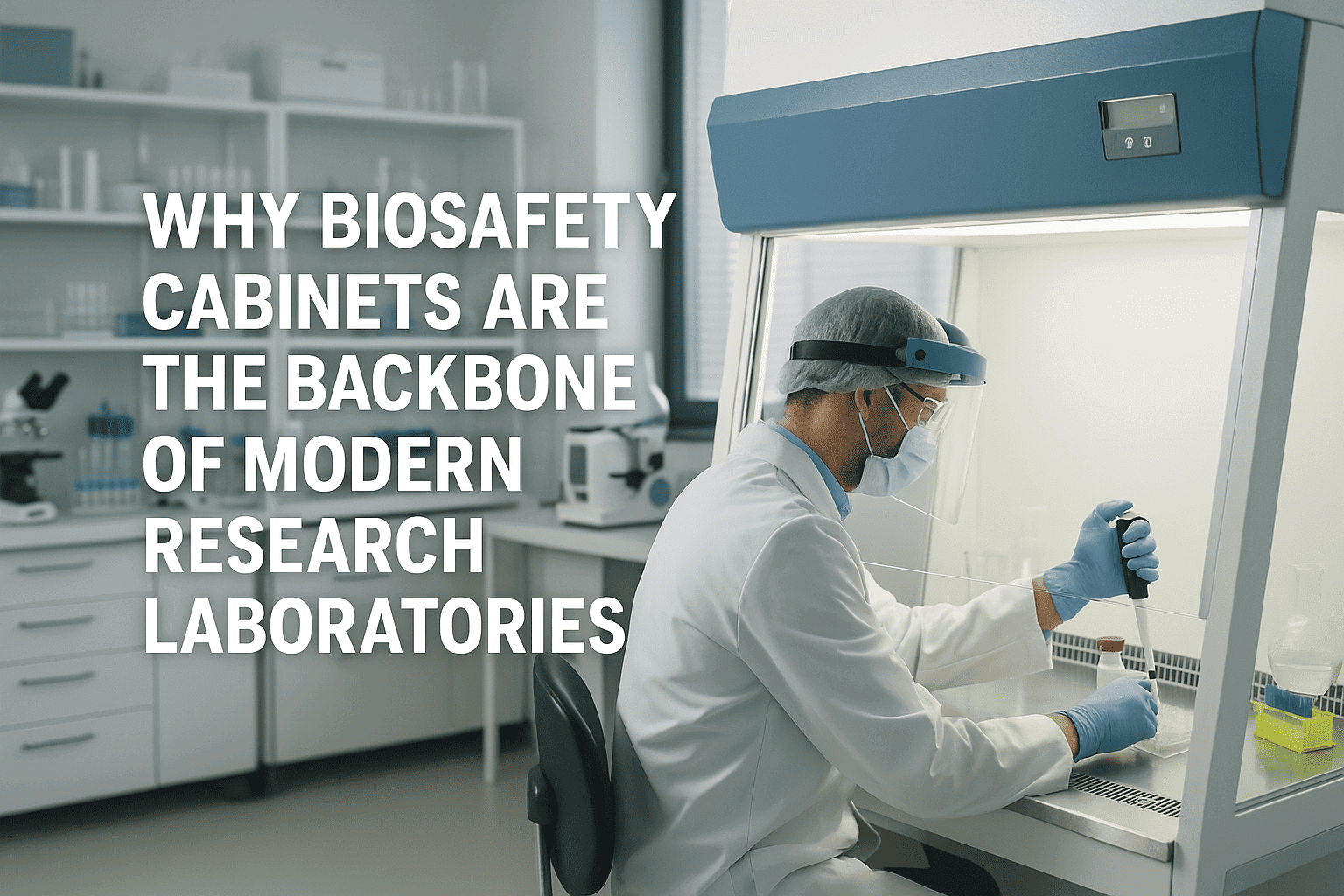
In today’s world of scientific innovation, biosafety cabinets play a critical role in ensuring safe, efficient, and contamination-free laboratory operations. From biomedical research to pharmaceutical testing and molecular biology, these cabinets have become indispensable tools that support both human safety and experimental integrity. Understanding their function and relevance helps us appreciate why they are considered the backbone of modern laboratories.
The Need for Safety in Research Environments
Modern research laboratories handle a wide range of biological materials—some harmless, others potentially hazardous. The increasing complexity of experiments involving microorganisms, cell cultures, and toxic agents demands reliable protection systems. This is where biosafety cabinets (BSCs) step in, acting as a vital barrier between the researcher and the experimental material.
Biosafety cabinets are not just protective enclosures; they are integral components of laboratory safety systems that maintain sterile working conditions, prevent cross-contamination, and protect personnel from exposure to infectious agents. As research continues to advance, the demand for controlled and contamination-free environments in modern labs has grown exponentially.
What Are Biosafety Cabinets?
A biosafety cabinet is a ventilated, enclosed workspace designed to protect laboratory personnel, samples, and the environment from biological hazards. Unlike simple laminar flow hoods that only provide sample protection, biosafety cabinets use high-efficiency particulate air (HEPA) filters to ensure both product and personnel safety. These filters trap airborne particles, microorganisms, and aerosols, maintaining sterile conditions throughout laboratory operations.
There are three main classes of biosafety cabinets, each tailored for specific risk levels:
1- Class I BSCs – Protect personnel and the environment but not the sample.
2- Class II BSCs – Offer protection to personnel, the environment, and the sample; these are the most commonly used in research and healthcare labs.
3- Class III BSCs – Provide the highest level of containment, designed for handling highly infectious or hazardous materials.
The Importance of Biosafety Cabinets in Laboratory Research
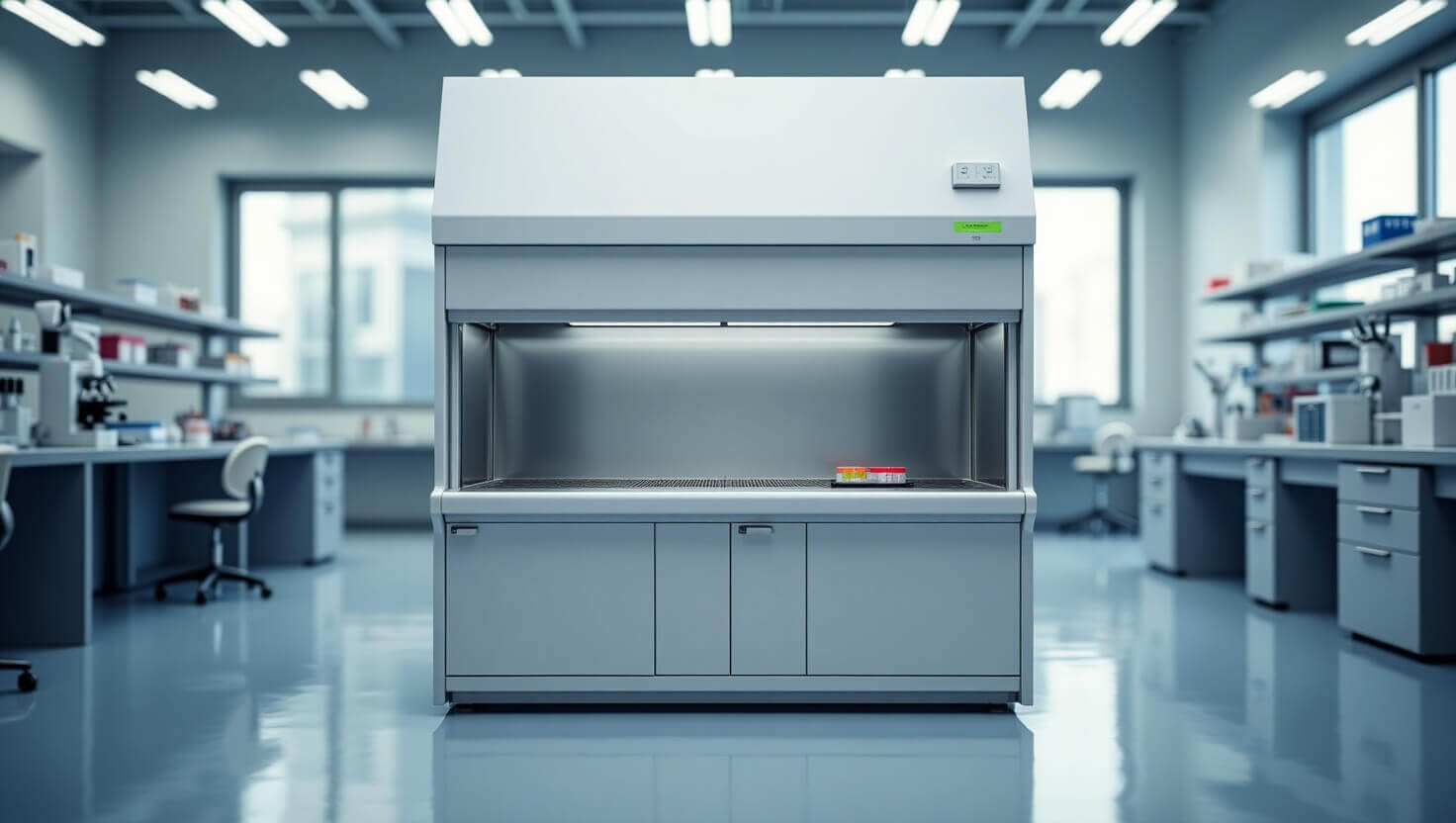
The importance of biosafety cabinets cannot be overstated. They form the first line of defense against laboratory-acquired infections and contamination. Scientists working with infectious agents depend on them to prevent accidental exposure and to maintain sterile conditions essential for accurate results.
Biosafety cabinets not only protect human health but also preserve the integrity of experiments. Even minor contamination can compromise months of research work, leading to unreliable data and wasted resources. By maintaining controlled airflow and filtration, these cabinets ensure that both personnel and samples remain secure.
In addition, biosafety cabinets play a crucial role in meeting regulatory and compliance standards. Organizations such as the World Health Organization (WHO), Centers for Disease Control and Prevention (CDC), and Occupational Safety and Health Administration (OSHA) emphasize their use as part of comprehensive laboratory safety systems. Without them, laboratories would risk breaching safety protocols and facing operational shutdowns or legal consequences.
How Biosafety Cabinets Enhance Research Efficiency
Beyond safety, biosafety cabinets contribute significantly to the efficiency and productivity of laboratory operations. Researchers can work confidently, knowing that the system effectively contains aerosols and particulates. This assurance reduces the need for repetitive testing due to contamination, saving valuable time and resources.
Moreover, advanced models now feature ergonomic designs, digital monitoring systems, and energy-efficient airflow technologies. These improvements not only enhance user comfort but also reduce operational costs. When integrated with modern ventilation and monitoring systems, biosafety cabinets become essential elements of smart environments in modern labs.
Biosafety Cabinets and Emerging Research Fields
As research evolves into areas such as genetic engineering, virology, and synthetic biology, the importance of biosafety cabinets becomes even more apparent. These fields often involve manipulating microorganisms at the molecular level, where even minimal contamination can alter results or create biohazards.
For example, during the development of vaccines and antiviral therapies, biosafety cabinets protect researchers from exposure while ensuring sterile processing of biological materials. They also prevent the accidental release of genetically modified organisms into the external environment—a critical aspect of maintaining ecological safety.
Furthermore, the rise of biosafety level (BSL) laboratories worldwide underscores the need for reliable containment solutions. From BSL-1 teaching labs to high-containment BSL-4 facilities, biosafety cabinets are tailored to meet specific containment and safety requirements, forming a core component of each lab’s laboratory safety systems.
Environmental Control in Modern Laboratories
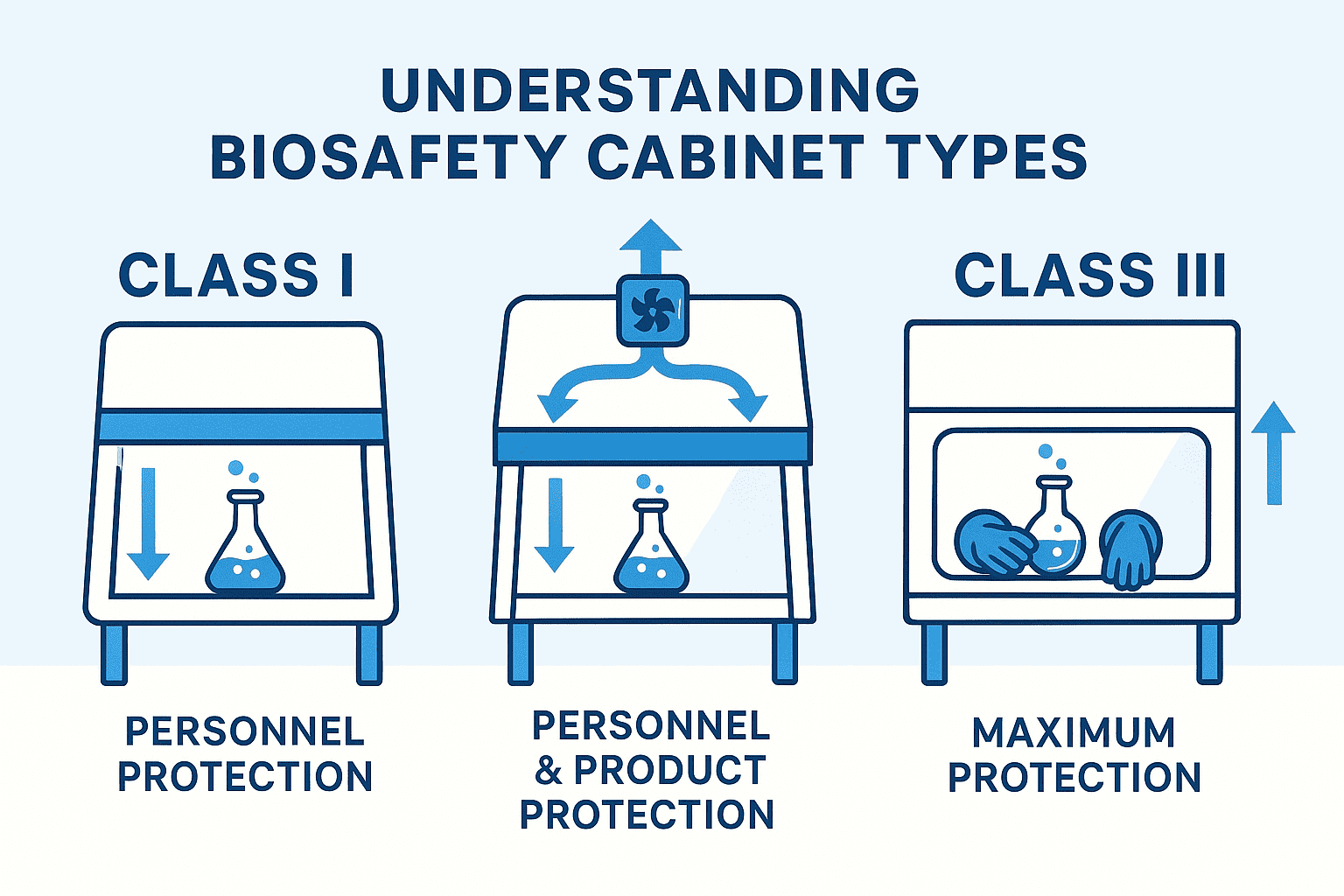
Maintaining clean and controlled environments in modern labs is essential for producing reproducible and accurate scientific data. Biosafety cabinets contribute to this by providing laminar airflow that minimizes turbulence and prevents the spread of contaminants. HEPA and ULPA filtration systems remove particles as small as 0.3 microns with nearly 99.99% efficiency.
In addition, these cabinets play a role in sustainable lab design. Energy-efficient models and low-noise operation systems support eco-friendly laboratory initiatives. Many laboratories now adopt biosafety cabinets with variable air volume (VAV) systems, which automatically adjust airflow based on user activity, reducing energy consumption without compromising safety.
Choosing the Right Biosafety Cabinet
Selecting an appropriate biosafety cabinet depends on the type of research and the risk level involved. Factors to consider include:
- Type of biological agents handled – Determines the required biosafety level.
- Size and airflow pattern – Ensures adequate workspace and contamination control.
- Compliance with international standards – Such as NSF/ANSI 49 and EN 12469.
- Ease of maintenance and filter replacement – Important for long-term reliability.
Investing in a high-quality biosafety cabinet ensures not only safety but also operational continuity. Regular maintenance, certification, and staff training further enhance their performance and extend their service life.
Future of Laboratory Safety and Innovation
The future of laboratory research lies in automation, digital monitoring, and interconnected systems. Biosafety cabinets are evolving to integrate sensors, real-time air monitoring, and IoT-based alerts for filter efficiency and airflow performance. This technological integration strengthens laboratory safety systems, ensuring that both researchers and samples remain protected at all times.
In addition, laboratories are increasingly adopting modular and prefabricated designs, allowing flexibility and scalability. Within these setups, biosafety cabinets continue to serve as the central element that ensures controlled and secure environments in modern labs.
Conclusion
Biosafety cabinets are more than just protective enclosures—they are vital to the progress of modern science. By providing clean air, controlled containment, and user protection, they enable researchers to work safely and efficiently. Their role in maintaining sterile conditions, ensuring data reliability, and preventing biohazards underscores the importance of biosafety cabinets in every research facility.
As laboratories continue to advance toward more complex and high-stakes research, these cabinets will remain the cornerstone of safe, sustainable, and innovative scientific exploration. Indeed, they are—and will continue to be—the true backbone of modern research laboratories.

